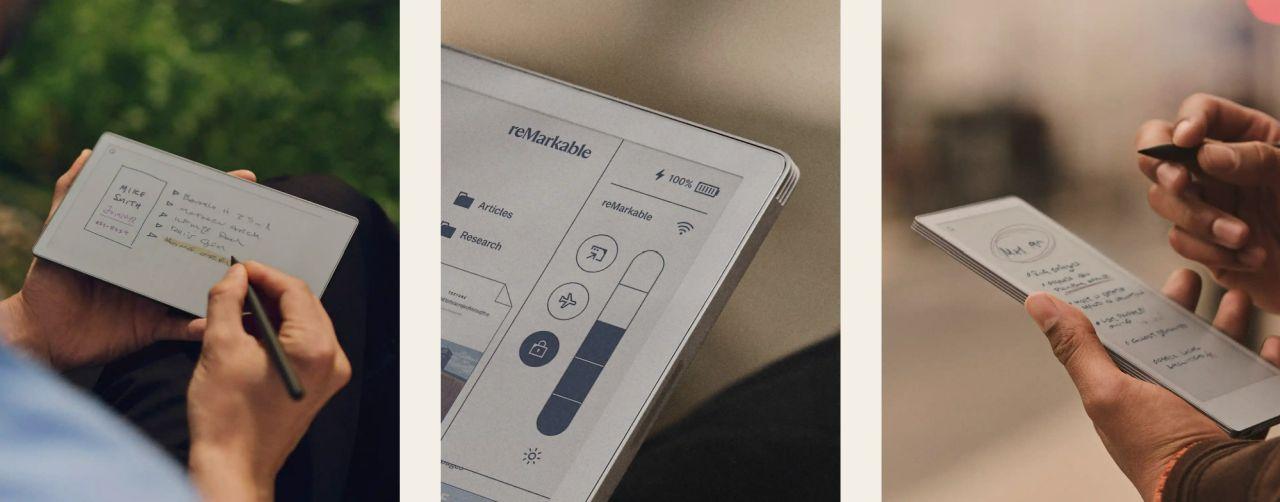
How Otsimo Is Using Assistive Technology To Help Students With Autism Thrive In The Classroom
What if I told you that technology has the potential to vastly improve the lives of people with autism spectrum disorder?
I think we can all agree that technology has become an integral part of our lives. In fact, there are now more mobile phones than humans on the planet. This means that many people have access to technology at almost every moment of their day.
This also means that, when put to good use, the digital tools most people take for granted have the power to help people living with special needs, especially students, communicate and gain confidence.
In this article, I want to share with you how one particular technology is making sure all students have access to quality, safe, and equitable learning environments.
For me, this topic isn't just something I've been researching for a while. It's personal.
My career in edtech and special education all started when my little brother Alper was first diagnosed with severe autism spectrum disorder (ASD).
After the initial shock of the diagnosis, I started doing massive amounts of research, but everything seemed to boil down to statistics: one in 54 children in the United States is diagnosed with ASD every year, a third of those diagnosed were non-verbal, and, most importantly, there was no cure.
My brother became my inspiration, as I found that hundreds of thousands of unique kids just like him were in need of quality and accessible special education.
I was a computer science student then, so I was good with thinking in numbers.
But it never sat right with me to count my brother as a statistic. He wasn’t a number—he was unique in his own way. My internal turmoil aside, we as a family started to explore education options for him, and that’s when it became glaringly clear that what we could get wasn’t enough.
Alper was diagnosed at two years old, which enabled him to get early and intensive education as soon as possible. We were one of the lucky ones as we could afford special education and speech therapy.
However, I noticed that these weren’t nearly enough for his development.
Around this time, I noticed his interest in my smartphone, and how he could focus on it for extended periods of time. I knew Alper would love gamified content, but I couldn’t find any that would have been suitable for his age and sensitivities.
That’s what drove my good friend from university and me to develop a simple color matching game on an app, and Alper loved it. He quickly learned colors, a concept he struggled with through his special education.
That was the start of Otsimo.
By combining available technology and scientifically proven therapy methods, our app had a goal of reimagining early and intensive education — and to make it accessible and affordable for all.
Thus, we partnered with the Turkish Ministry of National Education and one of the biggest telecommunication companies in the region, Turkcell, and then we licensed our product and built autism classrooms in schools.
Our products are used within those smart classes, through smart devices provided by our partner, under the supervision of the Ministry of National Education, completely free of charge in Turkey’s various cities.
With the right partnerships, it is possible to get your solution out into the world and to places you would not be able to reach otherwise.
Our efforts to fund our product outside our region made it possible to join many different communities and meet like-minded people who had similar struggles to share their knowledge regarding our collective work.
Becoming a Solver team in the 2021 MIT Solve Equitable Classrooms Challenge reinforced the idea that many edtech entrepreneurs are working towards the same goal in so many different ways.
Together, we can inspire, connect with, and learn from one another to create an even bigger impact in our communities.
Tags:
- Learning
Related articles
-
“Education is the one thing you can take with you.” A Q&A with Rudayna Abdo, Founder and CEO, Thaki

-
A LEAP in evidence-based innovation for education
How to address the need for evidence-based innovation in education by empowering researchers, social entrepreneurs and education organizations to work together.
-
Powered by Purpose: E Ink’s ePaper Technology Takes Aim at the World’s Toughest Problems
Because it draws power only when an image changes—and none at all while static—ePaper reduces energy consumption by orders of magnitude. That single breakthrough unlocks net-zero transit signs, off-grid medical notebooks, and other applications that traditional screens simply can’t power sustainably.